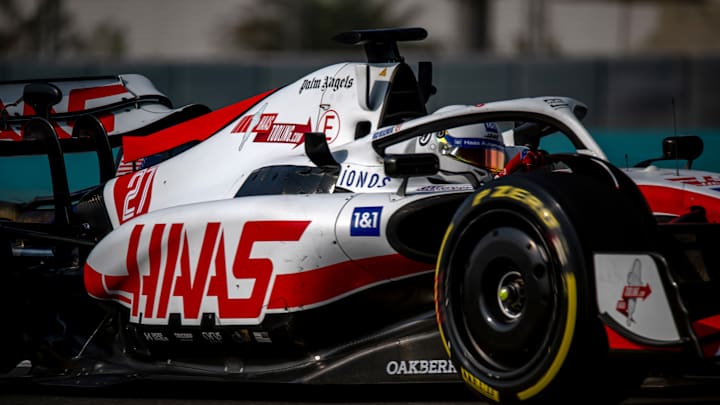OPINION: Haas F1 Team can become an established midfield team in 2023

Haas shocked the paddock with its debut in 2016, scoring points in its first-ever race and announcing itself in the world of Formula 1.
Considering the financial disparity between Haas and the front-runners when they first joined F1 (in terms of spending and sponsorship), their early success cannot be overstated.
Since then, the American squad has experienced various financial, logistical and performance-related challenges that have limited their performance.
Failed sponsorship agreements with the likes of Rich Energy and Uralkali demonstrate the financial constraints that Haas has been forced to battle with since joining Formula 1.
These agreements also highlight Haas's dependence on a single sponsor for additional income, failing to acquire the range of sponsorships that other teams (i.e., McLaren) have proven capable of signing in recent years.

This was undoubtedly one of their biggest weaknesses, manifested in a failure to secure long-term sponsorship deals to provide a consistent cash flow.
Whilst it would be a stretch to say this has been completely remedied, Haas's sponsorship agreement with MoneyGram secures the team with an estimated $60 million over the next three seasons.
Not only will this provide the American outfit with a stable, major sponsor, but this agreement can help the team inch closer to F1's budget cap and match the spending of its rivals.
Given the growth of Formula 1's popularity internationally, especially in the States, there is no excuse for Haas to be lacking in sponsors - especially as they are now firmly in the midfield.

It would be overly optimistic to suggest that Haas now has all the necessary infrastructure and foundations to put all of its previous difficulties behind it.
They are still quite reliant on collaboration with Ferrari in various aspects, and it will take some time before the team can increase its overall personnel.
At least for the short term, it seems unrealistic to expect Haas to make outrageous gains in the midfield in the next few seasons.
Frankly, this is a largely irrelevant criterion to measure the American squad against.
Instead, Haas will look to improve their financial situation and show the resourcefulness and grit that saw them punch above its weight from 2016-2018.
There has never been a better time for a Formula 1 team to become financially stable and profitable, so Haas must ensure they bury any monetary gremlins from the past.
With a very solid driver lineup in the form of Nico Hulkenberg and Kevin Magnussen, Haas can embark on a new era of stability in Formula 1.
